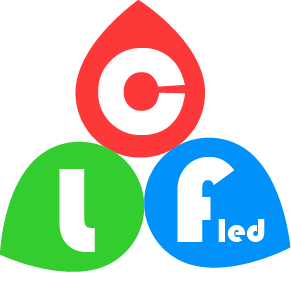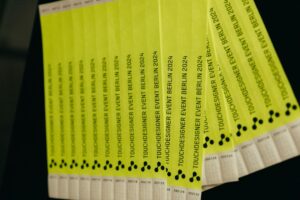Comparing Resolume vs. TouchDesigner for LED Visual Art Design
- Posted by clfled01

28
Jul

Resolume and TouchDesigner are two powerful software platforms widely used in the field of LED lighting and visual arts design. Both have distinct features and capabilities, making them suitable for different types of projects and users. Here’s an analysis of their strengths and weaknesses:
www.clfled.com
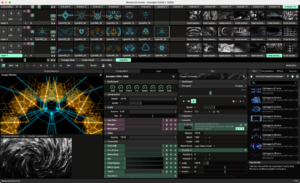
Resolume
Strengths:
- Ease of Use: Resolume is known for its user-friendly interface, making it accessible for beginners and professionals alike. It allows users to quickly start creating visual performances with minimal setup.
- Real-Time Performance: Designed primarily for live visuals, Resolume excels in real-time performance environments. It supports live input from various sources, including cameras and MIDI controllers, and is optimized for low-latency performance.
- Media Management: Resolume offers robust media management features, allowing users to organize and trigger video clips, audio, and images easily. This is particularly useful in live performance settings where quick access to media is essential.
- VFX and Generative Content: The software includes a wide range of built-in effects and supports VST plugins for audio-reactive visuals. It also has generative content features, allowing users to create visuals based on real-time data inputs.
- www.clfled.com

Weaknesses:
- Limited 3D Capabilities: Resolume’s 3D capabilities are limited compared to TouchDesigner. It is primarily a 2D compositing tool, which might not be suitable for projects requiring complex 3D animations or environments.
- Less Customizability: While Resolume offers many built-in effects and features, it has less customizability compared to TouchDesigner, especially when it comes to scripting and creating custom effects.
TouchDesigner
Strengths:
- Versatility and Flexibility: TouchDesigner is a node-based visual programming environment, offering unparalleled flexibility and control. It can handle 3D graphics, real-time data processing, and complex interactivity, making it ideal for immersive installations and interactive media.
- Integration with External Hardware: TouchDesigner excels in integrating with external hardware, including sensors, MIDI devices, and projection mapping systems. This makes it a go-to choice for interactive installations and live performances that require real-time data interaction.
- Advanced 3D Capabilities: With strong support for 3D graphics and shaders, TouchDesigner is suitable for projects requiring complex 3D visualizations and animations.
- Customization and Scripting: TouchDesigner supports Python scripting, allowing for deep customization and the creation of unique visual effects and data-driven content.
- www.clfled.com
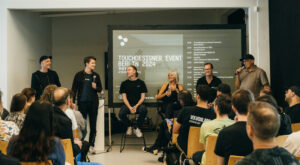
Weaknesses
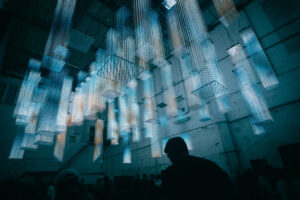
- Steeper Learning Curve: Due to its node-based structure and extensive feature set, TouchDesigner has a steeper learning curve compared to Resolume. It requires a deeper understanding of programming and visual effects concepts.
Resource Intensive: The software can be resource-intensive, especially when dealing with complex 3D graphics or multiple data streams. This can be a consideration for users with limited hardware capabilities.
Conclusion
- Resolume is ideal for live visua
- ls, VJing, and projects that require quick setup and real-time performance with 2D content. It’s user-friendly and accessible, making it suitable for artists who want to focus on the creative aspects without delving too deeply into technical details.
TouchDesigner is best for projects that require extensive customization, complex 3D environments, and integration with external systems. It is favored by artists and developers looking to create highly interactive and data-driven installatio
Choosing between the two depends on the specific requirements of the project, the desired complexity, and the user’s familiarity with visual programming and media servers. www.clfled.com
